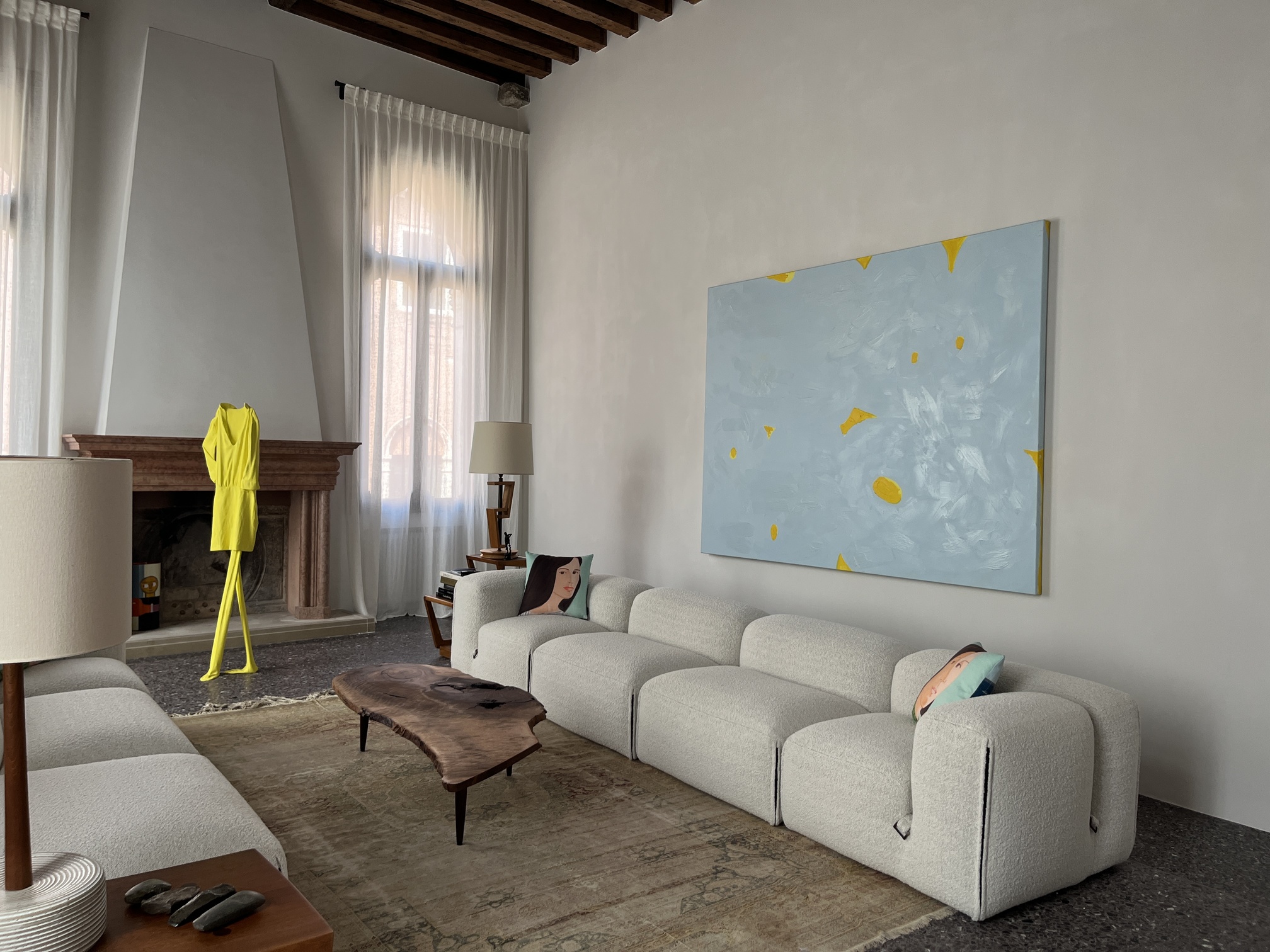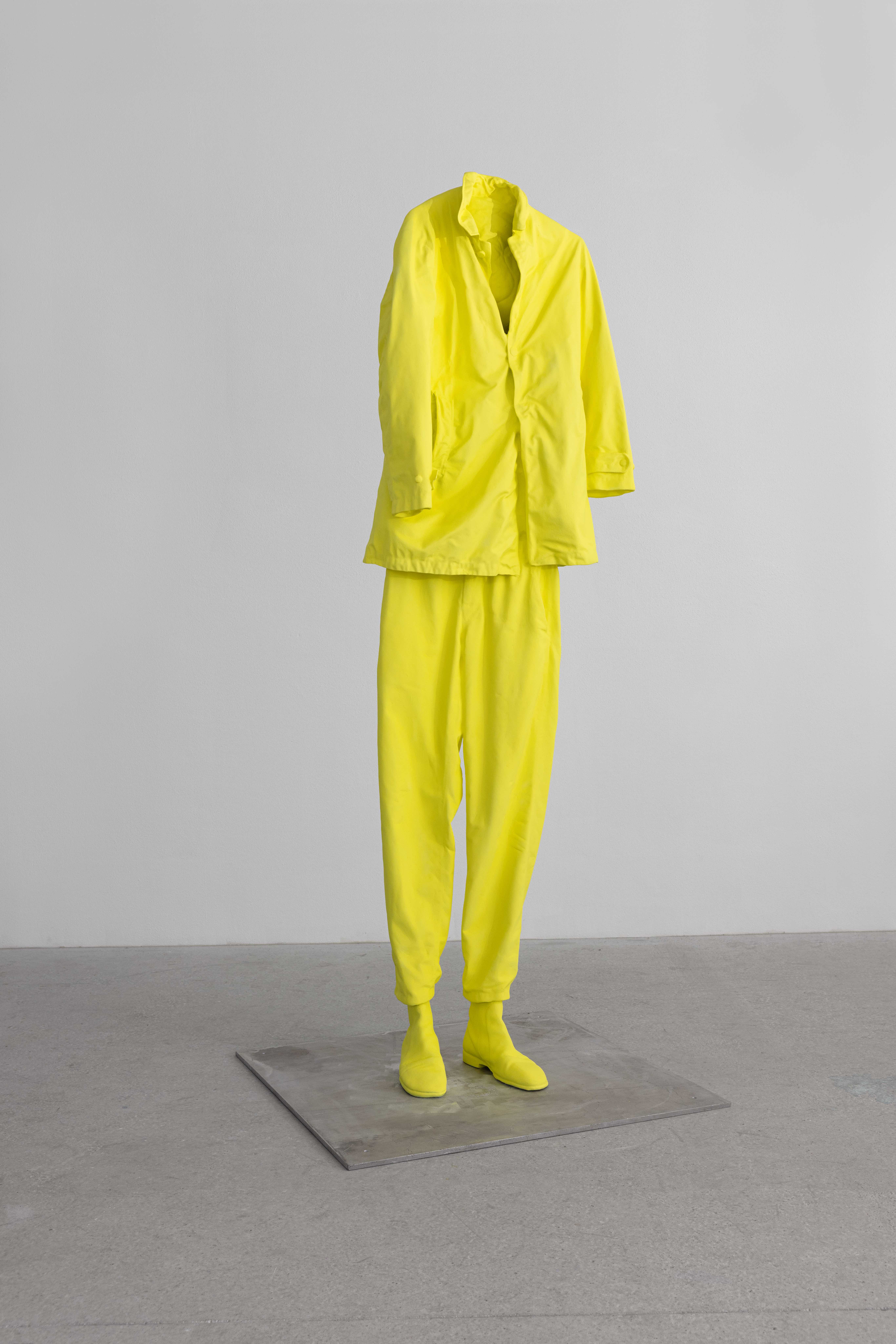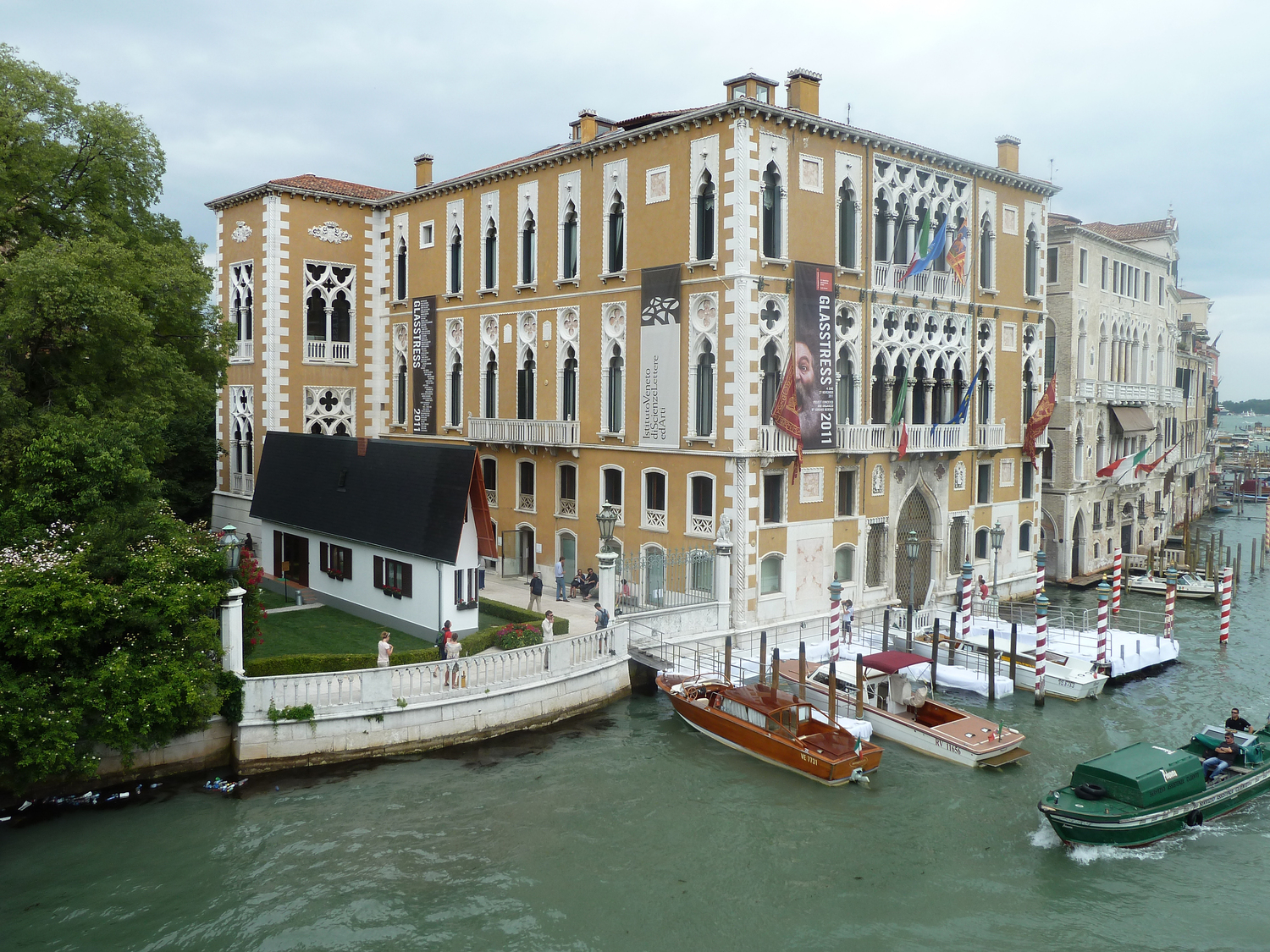The Second Skin: Erwin Wurm on Sculpture, Clothing, and His Upcoming Palazzo Fortuny Exhibition
Erwin Wurm
Next May, on the occasion of the The 61st International Art Exhibition of La Biennale di Venezia, Austrian artist Erwin Wurm will present a new exhibition at Palazzo Fortuny. Known for redefining the boundaries of sculpture through irony, performance, and the absurd, Wurm has built a career exploring the relationship between body, object, and social behaviour – from his famous “One Minute Sculptures” to his distorted houses and anthropomorphic forms.
Ahead of the exhibition, Marta Sartore met Wurm in his Venetian home, just a few minutes from Piazza San Marco. Between light filtering through the canal and the muffled sounds of the city, their conversation moved from his early fascination with painting to his discovery of sculpture, his connection to fashion and architecture, and his reflections on Venice – a city he has come to know intimately over the years.

Mara Sartore – Erwin, you are known for expanding the definition of sculpture – making it something performative, humorous, and deeply human. How did this journey begin for you?
Erwin Wurm – When I wanted to become an artist, my ambition was to be a painter. I applied to art school and after the entrance exam they didn’t put me in the painting class but in the sculpture class. It was a big drama – a disaster for me at the time. But after half a year, I realised maybe it was a challenge, maybe even a chance. I started to explore the notion of sculpture – what does it actually mean to make a sculpture? Because I had only been thinking about painting. I had to discover the land of sculpture for myself.
MS – So your entry into sculpture was almost accidental, but it became essential to your language.
EW – Exactly. My father was against me becoming an artist, and then they put me in sculpture – so at first, it was difficult. But gradually I understood: sculpture deals with mass, volume, material, weight, time – and also with skin. When we look at ancient Roman or Greek statues, they look massive, but they are defined by a thin layer of bronze. They have a skin of metal, yet they are hollow inside. That brought me to the idea of a “second skin” – our clothes. Clothes define the body when we wear them; otherwise they’re empty, two-dimensional. From that point on, I began to work with clothing, and I still do.

MS – Clothing as both a sculptural surface and a social metaphor.
EW – Yes. Clothes express who we are, or who we wish to be. They’re a way to invent ourselves anew. That’s one of the reasons I feel such an affinity with Mariano Fortuny.
MS – Next may you will be opening your new solo show at Palazzo Fortuny in Venice. Let’s talk about this connection. Fortuny’s world revolved around fabric, texture, and transformation – but also invention and stage design. Do you see parallels with your own approach?
EW – Many. Fortuny worked with materials, light, the body, and theatre — all themes that interest me deeply. He was multidisciplinary, and I admire that. His Palazzo was his home and his creative laboratory. You can still feel that energy when you walk through it.
MS – How will the exhibition be structured?
EW – The ground floor will be entirely mine, while the upper floors will create a dialogue with Fortuny’s world. I find that very exciting – placing contemporary sculpture in such a layered, historical environment. Many of the works will deal with clothing, emptiness, and presence – dresses without bodies, yet full of memory. Many of my pieces are dresses or shells that still reflect a human presence. I continue to explore how form and void, body and surface, coexist.

MS – Will all the works on view at Palazzo Fortuny be new commissions, or will you also include existing pieces?
EW – Not everything will be new. The exhibition is quite large, and it would be impossible – and perhaps unnecessary – to produce everything from scratch. I’ve always worked continuously, so over the years I’ve built a substantial body of work. I’m fortunate that my studio in Vienna can supply entire exhibitions directly, without depending on loans from collectors. It gives me great freedom to compose a show that feels coherent, personal, and alive. All the works will come from my own production in Vienna, where everything is stored and carefully archived.
MS – Your “One Minute Sculptures” – those participatory works that invite viewers to momentarily become part of the piece by posing with everyday objects – have become emblematic of your practice. Will they also feature in the Palazzo Fortuny exhibition?
EW – Yes, definitely. The “One Minute Sculptures” marked a real turning point in my practice. They opened up a completely new space between sculpture, performance, and photography. They transformed the idea of sculpture from something static into something lived — something experienced through the body, through movement, and through time. People engage with the work, they become the sculpture for a brief instant. It’s always fascinating to see how each person interprets the gesture differently. Even the Red Hot Chili Peppers used one of these pieces for their “Can’t Stop” video – which, in a way, brought the idea into pop culture. In Venice, I plan to present a selection of photographs from that ongoing series in the smaller rooms where photography is currently shown. They capture the performative essence of those ephemeral moments.

MS – There’s something inherently theatrical about that – the staging of a gesture, the duration, the audience observing. Yet you’ve said you never wanted to work in theatre.
EW – That’s true. I’ve been invited a few times to design for the stage, but I always refused. I prefer to create situations that exist in real life, not under theatrical conventions. Still, the “One Minute Sculptures” have a strong affinity with theatre – they deal with performance, time, and space, and they make the everyday itself a kind of stage. For me, it’s about showing that sculpture can happen anywhere – even in the most ordinary moment.
MS – You divide your time between several places – Vienna, Hydra, and now Venice, where you have a house just a few steps from Piazza San Marco. How do you experience Venice today, as both an artist and a part-time resident?
EW – Many people speak badly about tourism in Venice, and of course it can be overwhelming. But to me, it also belongs to the life of the city – Venice has always attracted travellers, visitors, and curiosity. It’s part of its DNA. What really concerns me is not so much the flow of people, but the disappearance of Venetians themselves. The housing crisis is dramatic; many locals are being forced to leave because living here has become too expensive. The city risks turning into a kind of stage set – beautiful, but emptied of its everyday life. I’m glad that at least the big cruise ships no longer enter the canals; that was truly destructive.
MS – This reflection on living spaces – on presence and absence – seems to resonate with your work. You’ve literally brought a house to Venice, placing it on the Grand Canal during a previous project. It was a powerful, almost surreal image.
EW – Yes, that piece had a very personal double meaning for me. The house was modelled after my parents’ home – one of those ugly, prefabricated buildings from the 1950s and 60s that spread across post-war Austria and Germany. They were symbols of a certain economic optimism, but also of a kind of spiritual emptiness. By placing that familiar, banal structure in dialogue with the splendour of a Venetian palazzo, I wanted to create a collision – something uncomfortable yet real. It’s about how we live, what we consider beautiful or desirable, and how architecture reflects our values. In that contrast, there’s both irony and sadness.

MS – Your work often carries an element of absurdity – a tension between humor and discomfort.
EW – I prefer to call it the absurd rather than irony. I’m drawn to paradoxes. Humor comes naturally, but it’s never just a joke – it’s a way of questioning. I feel closely connected to the theatre of the absurd.
MS – It certainly sparks curiosity – a playful yet critical lens on the world.
EW – That’s the aim. Through sculpture, I explore our time: its habits, objects, contradictions. I work with daily life – clothes, cars, houses, work, play, sexuality… All these shape how we see ourselves and how society functions.
MS – And now these ideas enter dialogue with Fortuny – another artist who merged art, craft, and life.
EW – Exactly. That’s what makes this exhibition special. It’s not just about showing works – it’s about connecting with a spirit, a way of living and creating.




